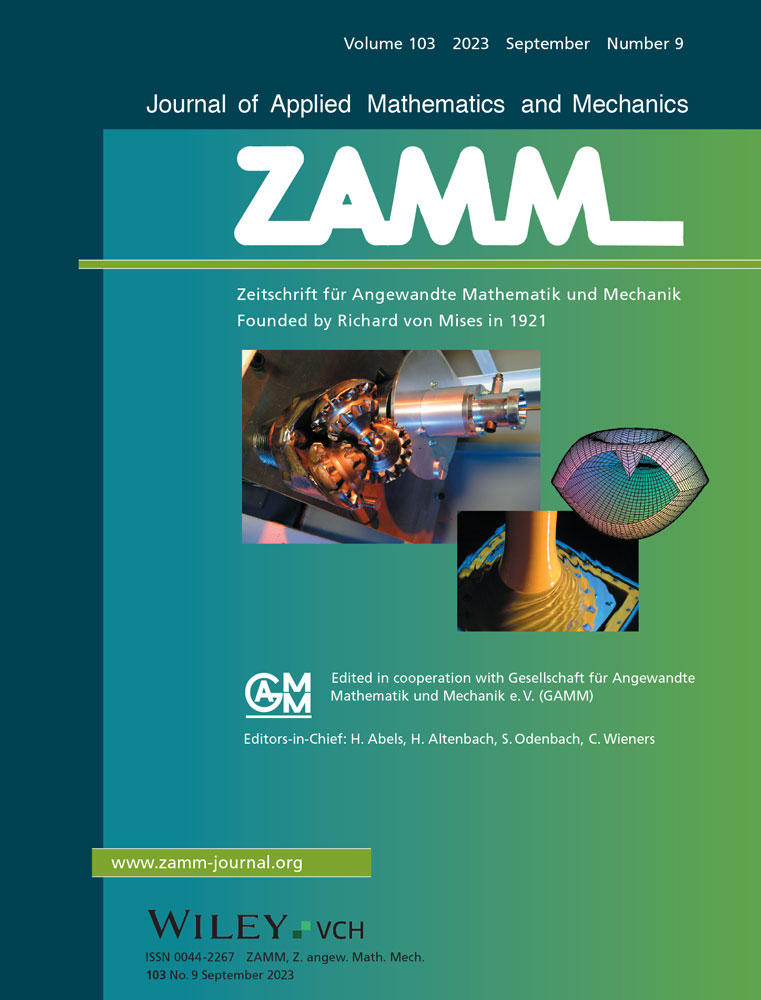Dynamics of magnetohydrodynamic nonlinear radiative flow of diamond-Co3O4/EG hybrid nanofluid with homogeneous—heterogeneous reactions
Abstract
Newtonian fluid flow analysis is quickly becoming one of the most important areas of study. These liquids have an extensive range of engineering and industrial uses, including in cooling systems, food processing, nuclear reactors, paint and adhesives, and drilling rigs. Hybrid nanofluids, on the other hand, are vital to the heat transmission process. This research aims to examine the hybrid nanofluid's three-dimensional nonlinear radiative magnetohydrodynamic flow over a stretching surface. Ethylene glycol is considered a base fluid, whereas diamond and Cobalt tetroxide (Co3O4) are considered hybrid nanoparticles. The approach also takes into account the catalytic property of homogeneous—heterogeneous processes. The governing fluid equations are computed by Homotopy analysis method and compare the result with shooting technique after employing appropriate transformations. The result of different constraints on temperature profiles and velocity profiles are scrutinized and graphically depicted as well as through the construction of table. A graphical comparison has been made between Nusselt number and skin friction for hybrid nanofluid and nanofluid respectfully. The finding of our study is that the velocity profile decreases for the high value of magnetic parameter. In the presences of nonlinear radiation temperature profile enhances. In transferring heat, the hybrid nanofluid is more effective than nanofluid. This work can be used in various industries to increase their efficiency.
CONFLICT OF INTEREST STATEMENT
The authors declare no conflict of interest.




